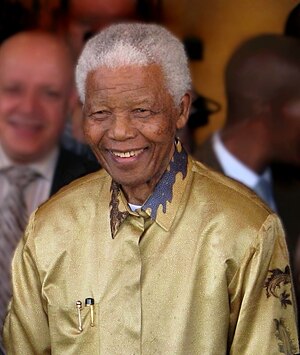I will also show
other famous Japanese judoka in addition to Toshihiko Koga and Kosei Inoue.
Ryuta Ishii is known as a tall man. He was born in Chiba prefecture in 1987. His
height is 193cm and his weight is 135kg. His favorite waza is osotogari. He
began to do judo when he was ten years old. When he was a third grader in his
high school, he ranked second in an interscholastic athletic meet. After he
entered Tokai University, He became the champion in Japanese Junior Judo Meet
and challenged World Junior Judo Meet but he lost to Teddy Riner, who is a French
judoka, at semifinal. After he graduated from Tokai University, he obtained a
job in JRA. JRA is a public company of central horse racing. In 2011 he won the
championship at Kodokan Games. In this game, he beat Yasuyuki Muneta with his
favorite waza; osotogari.
I think Ryoko
Tani is the most famous judoka in Japan. Her nickname is Yawarachan. This nickname
came from judo comic; Yawara. She was born in Fukuoka prefecture in 1975. She
got gold medals twice at Sydney Olympic Games and Athens Olympic Games. At the
other Olympic Games she took part in she got silver and bronze medals, in other
words she got medals at all the Olympic Games she participate. She also got
gold medals seven times at World Judo Games. She has worked as a member of the
House of Councilors since she retired from judo.

